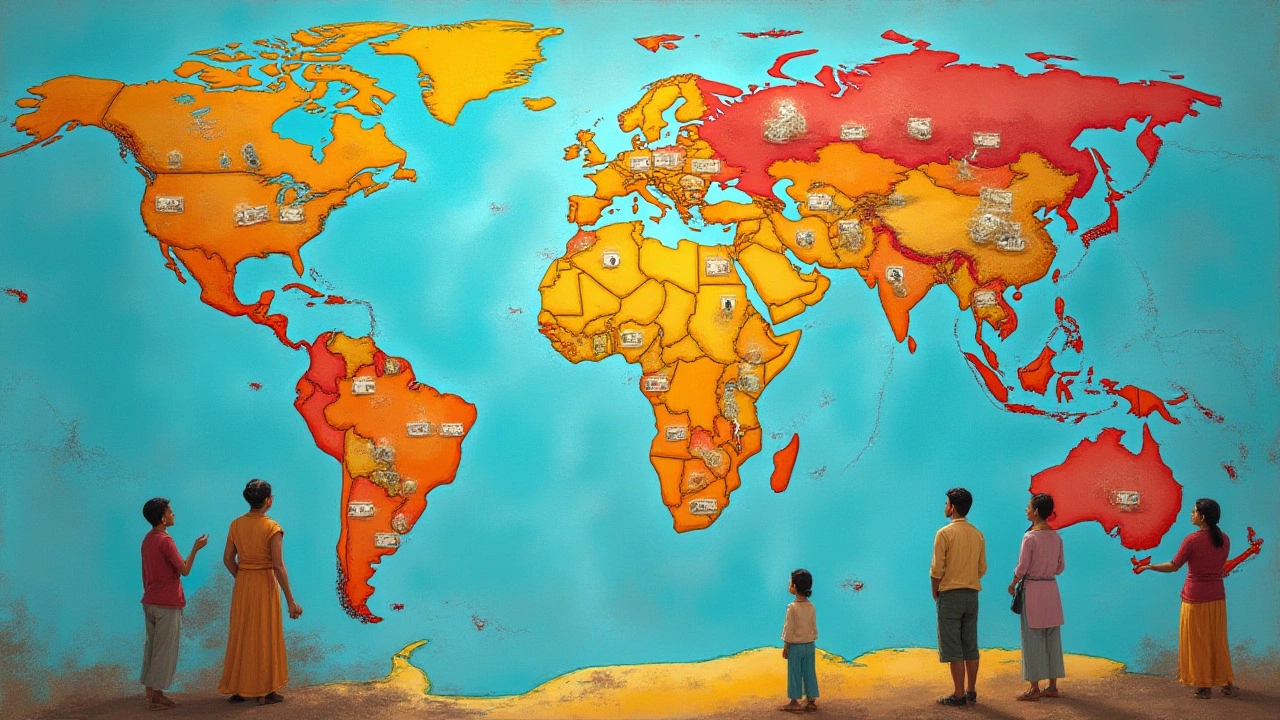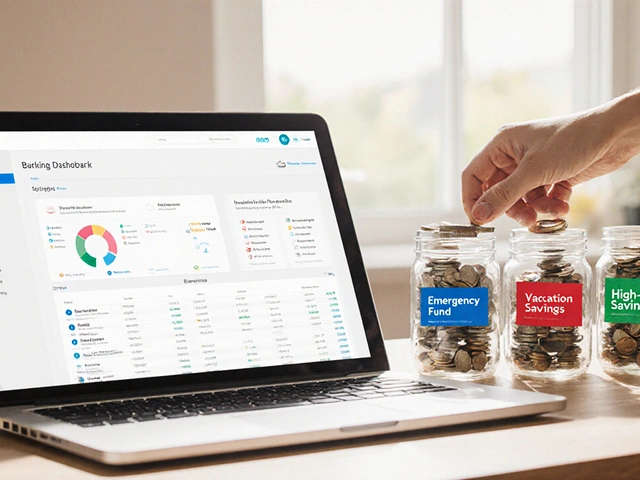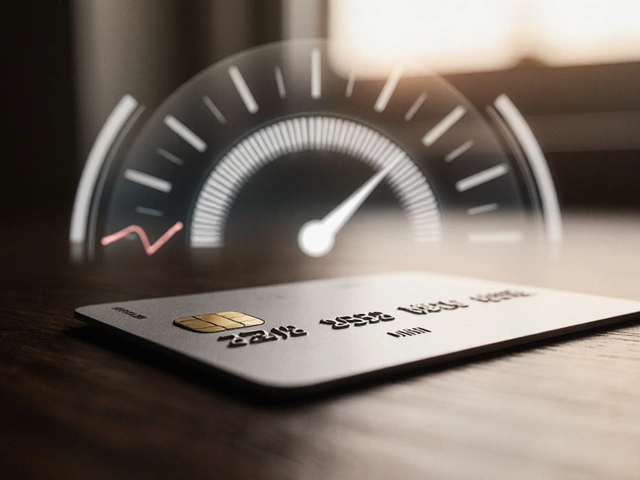
Imagine a world where a country owes absolutely nothing to anyone—no interest payments, no bonds hanging over their head, no pressure from international lenders. Tempting, right? With governments always talking about deficits and repayments, the idea of a country not in debt almost feels mythical. In fact, the dream of zero government debt is one of those things that gets debated on internet forums and dinner tables alike. It's juicy because, at first, it sounds like the financial equivalent of spotting a unicorn—rare, if not outright impossible. But is there really a nation that's debt-free? Or is debt just a fact of life for every government on the map? Let’s clear the confusion and look at the stats, history, and reasons behind why the world works the way it does.
The Real Meaning Of National Debt: What Counts?
Before we hunt for debt-free countries, you’ve got to know what counts as 'national debt.' It’s one of those words politicians throw around to make a point. National debt, also called public debt or government debt, isn’t just some vague pile of bills governments forgot to pay. It’s the total money a nation’s government owes to everyone else, whether that’s other countries, its own citizens, or big investment funds. This includes things like bonds sold to finance schools, roads, and war efforts, but can also be the IOUs that make the whole government run between tax seasons.
Why does debt matter? Because every year, countries collect taxes but almost always spend more than they pull in. The gap is covered by borrowing—and that’s how the debt starts adding up. Some countries have eye-popping debt numbers; for example, as of 2025 the United States sits at over $34 trillion, while Japan’s debt is more than double its GDP. But not all debt is bad. Investors often see government debt as one of the safest bets out there. This safety lets countries borrow cheaply to invest in stuff that improves lives—think public health or highways.
On the flip side, there’s the question of measuring debt. Most headlines throw out the gross debt-to-GDP ratio, which basically compares what the country owes to everything it makes in a year. This makes comparisons fairer between tiny nations and giants like China.
Let’s get technical for a minute. Not all countries count their debt the same way. Some limit their definition to central government debt, leaving out local and provincial governments. Others make a distinction between internal debt (owed to their own citizens) and external debt (owed to foreigners). For World Bank numbers, they try to log both. So, when you see a stat that claims a country has "zero government debt," dig deeper—sometimes they’re just leaving out a big chunk of the pie.
Take a look at the rough average debt levels in different parts of the world in this table. The numbers tell you a lot about how rare it is to find a country with zero debt:
| Region | Average Debt-to-GDP Ratio (2024) |
|---|---|
| North America | ~110% |
| European Union | ~90% |
| Asia-Pacific | ~80% |
| Africa | ~63% |
| Latin America | ~65% |
Bottom line: if you ever meet someone who says their country owes nothing to anyone, ask how they’re measuring it.
The Hunt for Debt-Free Countries: Are There Any?
Now for the golden question: Is there really a country out there with zero debt? Let’s just rip off the band-aid—no major country, not even the tiny ones with quirky names, has absolutely zero national debt according to global financial reports for 2024 or 2025. It’s as close to impossible as it gets in today’s world. Even the smallest nations keep at least some government bonds or loans on the books.
But what about so-called "debt-free" countries you see in obscure lists? Here’s where things get fun. Some super small spots come close but have asterisks attached. Brunei, for example, announced in several recent releases that its official government debt is at or basically near zero. But Brunei’s entire economy runs on oil and gas—it controls those industries, taps the profits directly, and, so far, hasn’t needed big loans from the outside world. It’s a powerful reminder that natural resources can sometimes let a country dodge the debt bullet for a while, but that doesn’t mean the risks disappear. If the oil runs dry or prices crash, things change fast.
Another favorite to show up in these discussions is Macau, the special administrative region tied to China, powered by casinos rather than factories or farmland. With huge surpluses from the gambling industry, its government debt figure has long sat at zero as officially reported. But here’s the catch: Macau is protected under China’s wing. If the region ever hit a huge downturn, the parent country could end up footing the bill.
Then there are countries like Liechtenstein and Palau—tiny, touristy, and wealthy enough to pay for what they need up front, so they keep government borrowing down to a bare minimum. But again, the scale is so small it’s like comparing a lemonade stand to Starbucks. For context, Liechtenstein’s entire population is about the same as a typical American small town—roughly 39,000 people.
Here’s a quick snapshot of debt levels in some of these headline-grabbing "nearly debt-free" places (2024):
| Country/Region | Reported Debt-to-GDP (%) |
|---|---|
| Brunei | 0.04% |
| Macau | 0.0% |
| Liechtenstein | 1.2% |
| Palau | 1.8% |
| Hong Kong | 1.8% |
Still, these are outliers. No country with major global influence—think G7 or G20—has government debt even remotely close to zero. There’s not a single significant economy that has ever fully operated without some borrowing, not in the past century.

Why Most Countries Choose to Stay In Debt
Now you might wonder, why don’t more countries just pay off their debt and call it a day? The answer is one part history, one part necessity, and one part strategy. For most nations, borrowing isn’t about laziness or bad budgeting—it’s often the engine that keeps the whole economy running smoothly.
First off, a lot of big infrastructure doesn’t pay for itself right away. Imagine if your city wanted to build a subway system but had to wait thirty years to collect enough taxes to build it. Borrowing lets countries build things for today and pay it off tomorrow, when the projects begin to boost the economy. This "spend now, benefit later" approach helps raise living standards faster than just saving up for generations. Even wealthy countries like Germany and Canada prefer using bonds to fund upgrades—they get better roads, schools, and hospitals without waiting decades.
Another reason: government bonds are like oxygen for the global financial system. Banks, pension funds, and investors snap them up because they’re safe and reliable. The US Treasury bond, for example, forms the backbone of retirement accounts and global trade settlements. If all countries paid off their debts and stopped issuing bonds, the world would struggle to function—there’d be a shortage of safe assets, and financial markets would be way less stable.
Debt also lets governments respond to emergencies. Take the Covid-19 pandemic. Throughout 2020 and 2021, countries borrowed huge amounts to help pay for health supplies and support workers. Without borrowing, millions more would have lost their jobs and hospitals might have been overwhelmed.
Even when a country is doing well and collecting lots of taxes—think Norway with its huge oil fund—experts argue there’s no strong reason to have a true "zero" on the books. Building up cash is smart, but a little debt can help economies stay flexible. This is why even Norway, sitting on a sovereign wealth fund worth $1.6 trillion, still occasionally sells government bonds.
But, yeah, there’s a danger zone. The higher a country’s debt climbs (especially if it’s owed to outsiders), the riskier things get. Greece, for example, landed in a deep recession and years of painful austerity after its debt levels skyrocketed. The lesson there: Too much borrowing without a plan can spiral into crisis, but absolute zero isn’t really the goal for anyone playing in today’s global markets.
The Takeaway: Debt Is Everywhere—But It’s Not Always The Enemy
No country of real size or importance is completely free from public debt in 2025, and honestly, that’s probably a good thing. Debt isn’t just a burden; it’s like the oil in an engine. It keeps governments moving, builds airports, schools, and hospitals, and lets countries bounce back after disasters. Even the handful of debt-free microstates and regions only manage it with quirks of history, geography, and industry—think oil-rich Brunei or casino-rich Macau, both with built-in shock absorbers (or bigger countries backing them up).
If you want to keep tabs on where your country stands, dig into reports from the IMF, World Bank, or local finance ministries. Look at debt as a percent of GDP rather than just the absolute amount—it gives a better sense of what a country can really handle.
Worried about your country’s debt? Here are some practical tips:
- Vote for leaders with a clear, balanced economic plan. Fiscal discipline matters, but so does investing in the future.
- Keep tabs on government spending and demand transparency about how taxes are used.
- Understand the difference between useful debt (for infrastructure or emergencies) and wasteful debt (unnecessary bureaucracy or corruption).
- If your savings or retirement funds sit in government bonds, pay attention to interest rates and national credit ratings.
It’s a weird twist: although nearly every country is in debt, that’s not the danger zone some folks think. The real problem comes when borrowing gets out of control with no plan to bring it back down. Responsible debt, like a well-managed credit card, keeps things humming. Wild debt, on the other hand, can wreck economies and future generations alike.
So next time you hear talk about a nation with “zero government debt,” remember: behind those rare headlines is always a story about scale, history, and sometimes a little bit of luck. No unicorns here—just a world that keeps moving thanks to a little borrowing, a lot of investment, and a ton of hard choices.








Write a comment